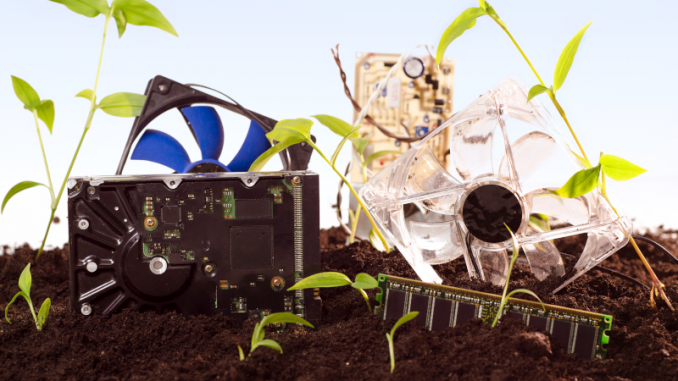
In News
Researchers developed sustainable processing of municipal solid waste.
In-Detail
- The CSIR-CMERI developed a municipal solid waste processing facility plant.
- The plant helps in achieving the decentralized decimation of solid wastes and also creates value-added end products.
- The new technology disposes of solid waste in a scientific way following the Solid Waste Management Rules (SWM), 2016, notified by the Ministry of Environment, Forests and Climate Change.
- The primary focus is on the advanced segregation techniques.
- The segregation system segregates solid waste into metallic waste- metal body; metal container inert-glass, stones, etc.; biodegradable waste- food, vegetables, fruits, grass; non-biodegradable-plastics, packaging material, pouches, bottles etc.
- In an anaerobic environment, the bio-degradable waste is decomposed and is popularly known as bio-gasification.
- The biogas is used as a fuel for cooking and in the gas engine for the generation of electricity.
- The residual slurry is converted to compost known as vermicomposting and utilized in organic farming.
Need for Waste Management
- Due to rapid urbanization and increasing population, India is facing a waste managementchallenge.
- The estimation of the volume of waste may rise from 62 million tonnes currently to 150 million tonnes by 2030.
- There will be a huge requirement of landfill area for the dumping such huge volumes of garbage.
- So there is an urgent need for scientific solid waste management.
Plasma Arc Gasification
- Solid waste management and disposing of utilizing plasma arc gasification is the best option for solid waste management.
- This process is eco-friendlywhere a large volume reduction of waste of up to 90% is possible.
- This process utilizes electricity to generate high-temperature plasma – 3000 degrees centigrade – inside the plasma reactor.
- In the plasma reactor, the waste is converted into syngas.
- The syngas passes through a series of gas purification systems.
- The gas purification system consists of catalyst compressors like convertor, redox reactor, cyclone separator, scrubber and condenser.
- The condenser is ready for use in gas engines for electricity generation.
- The ash obtained can be mixed with cement for the preparation of recycled bricks.
- But this technology is not economically viable as the energy requirement for waste treatment is very high approximately 1.5kWh/kg of waste for small plants for <100 MT capacity and for greater than 100MT is approximately 1.2 kWh/kg.
- The recurring expenses make the process expensive as the rate of electrode consumption is very high approximately 500mg/kg of waste processed.
- In India, the solid waste generated majorly consists of organic wastes (>50%).
- The disposal of organic waste produces greenhouse gases.
- The ineffective processing of Municipal Solid Wastes causes many diseases as the landfills to transform into contamination hubs for pathogens, viruses and bacteria.
Biomass Waste Disposal
- The dry leaves, dead branches, dry grass are biomass waste and these are disposed of by first shredding them into a suitable size, then mixing them with the slurry of the biogas digester.
- This mixture forms the feedstock for briquette which is subsequently used as a fuel for cooking.
- Also, the briquette is utilized for the production of syngas for the generation of electricity.
- The ash produced by burning the briquettes can be used in cement bricks production by mixing an appropriate quantity of ash with cement and water.
Polymer Waste Disposal
- The polymer waste is disposed of through two main processes.
- In the pyrolysis process, the waste is heated to a temperature of 400-600°C in an anaerobic environment.
- The volatile matter comes out from the waste and on condensation gives pyrolysis oil.
- The non-condensed syngas and pyrolysis oil are reused for heating purposes.
- The char which is a solid material is mixed with the biogas slurry for making briquette.
Sanitary Waste Disposal
- The sanitary napkins, masks and diapers are disposed of by using high-temperature plasma.
- The CSIR MSW facility is equipped with disinfection capabilities.
- The Decentralized Solid Waste Management plant has the potential to scientifically manage the waste including COVID-19 and other viruses.
- This helps to break the COVID-19 chain through UV-C Lights and Hot-Air Convection methods.
- The pilot plant is self-sufficient in terms of energy requirements.By installing roof-topped solar panels on the facility, surplus energy can be provided to a mini-grid to operate the facility.

Leave a Reply
You must be logged in to post a comment.